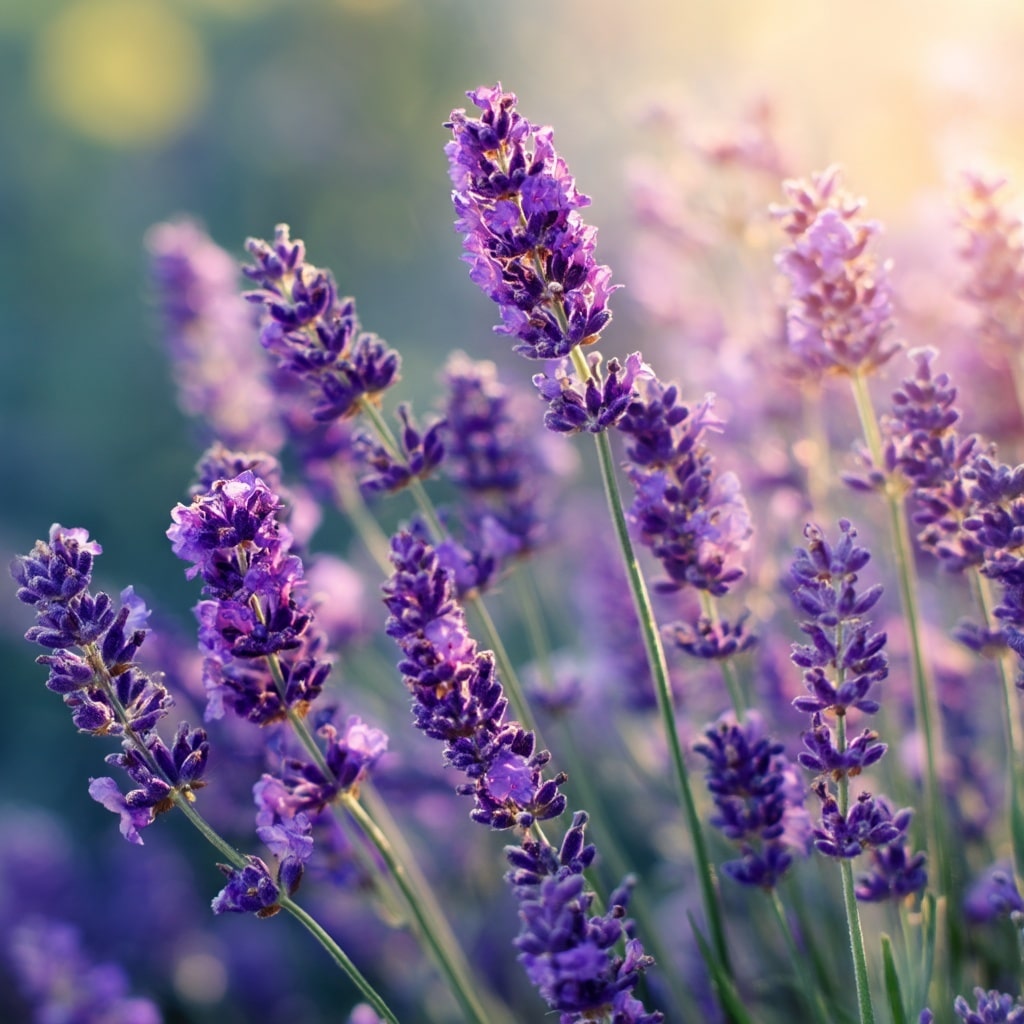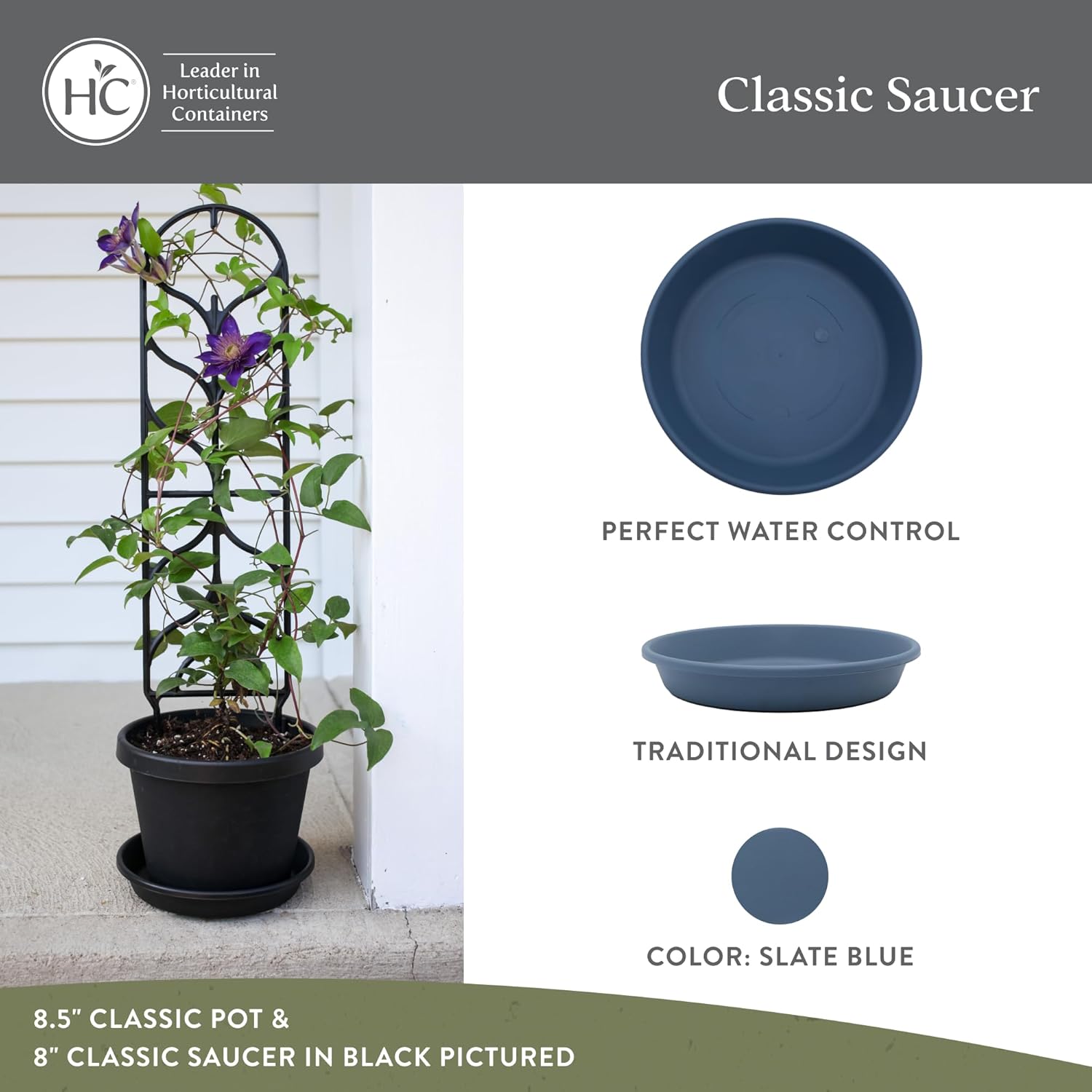Lavender flower meaning has enchanted cultures for centuries, rooted deeply in its graceful appearance, calming fragrance, and long history of medicinal and spiritual use. With soft spikes of purple, pink, or white blooms, lavender isn’t just a staple in gardens — it’s a symbol of serenity, devotion, and grace. Native to the Mediterranean region, this beloved perennial has found its way into homes, kitchens, and rituals around the world. Beyond its beauty, lavender carries a rich legacy of symbolism and practical benefits that continue to make it one of the most cherished plants today.
Table of Contents
Lavender Meaning & Symbolism
The lavender flower meaning has evolved over thousands of years, but one thing remains constant: its deep emotional and spiritual resonance. Traditionally, lavender has symbolized purity, silence, devotion, and tranquility. The soft purple hue is often associated with royalty, refinement, and a sense of luxury, but it also carries spiritual undertones, connecting with the crown chakra — believed to be the gateway to higher consciousness and divine energy.
In folklore and ancient traditions, lavender was thought to protect against evil and bring peace to the mind and body. Its calming aroma plays a major role in this symbolism, with many cultures using lavender to ease anxiety, promote restful sleep, and create a serene atmosphere during meditation or prayer.
In modern settings, giving someone lavender often signifies grace, calmness, or a quiet type of love. Whether fresh, dried, or in essential oil form, its presence still communicates a message of peace and inner balance. These qualities make lavender a popular plant for both decorative and emotional purposes in homes, gardens, and rituals alike.
Historical Uses of Lavender
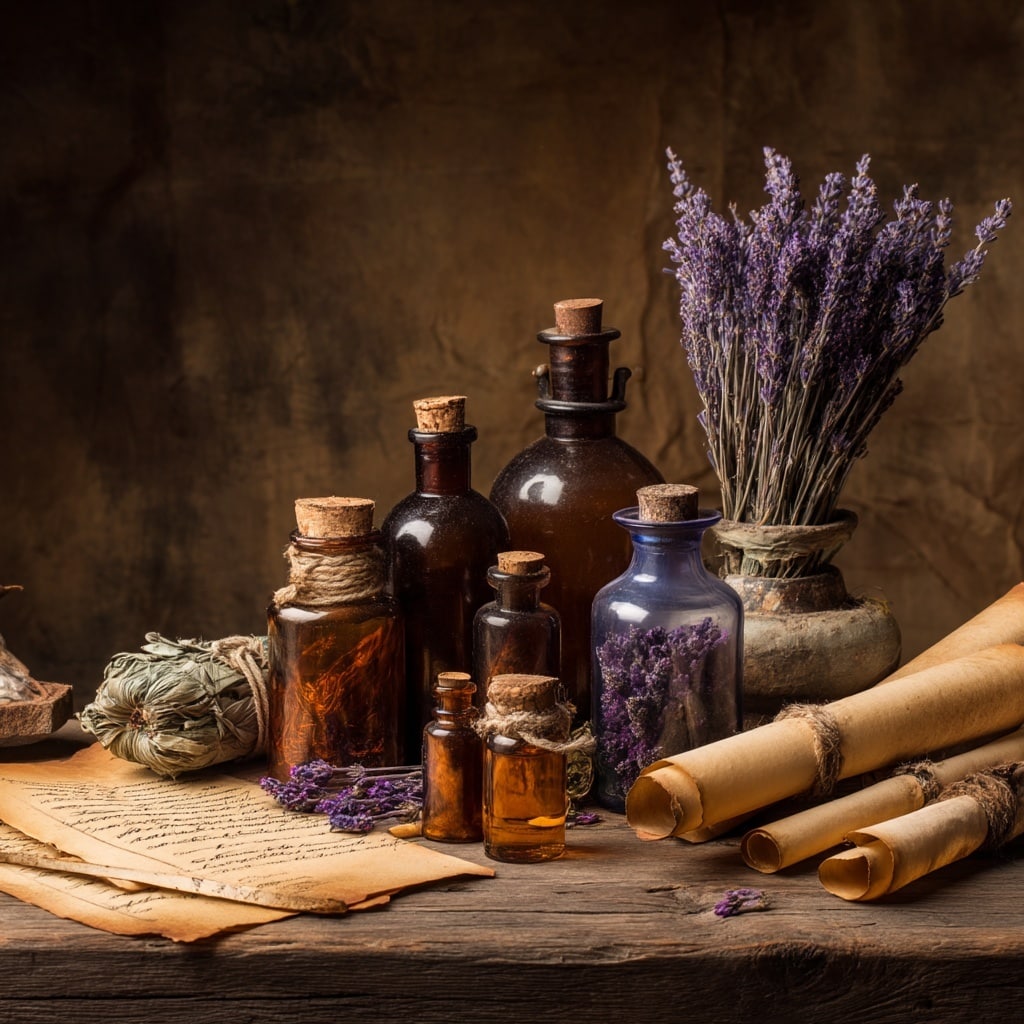
The lavender flower meaning is deeply rooted in ancient civilizations, where this fragrant herb was prized not only for its beauty but also for its powerful healing and aromatic properties. As far back as 2,500 years ago, lavender was being used by the Egyptians in their embalming practices and temple rituals. They believed the scent of lavender could connect them to the divine and preserve purity in the afterlife.
The Greeks and Romans were also enchanted by lavender. Greek physicians recommended it for treating sore throats, indigestion, and even headaches, while Roman nobles bathed in lavender-infused water to cleanse both body and spirit — a practice so common that the name “lavender” comes from the Latin word lavare, meaning “to wash.”
Throughout the Middle Ages and Renaissance, lavender continued to hold high regard. It was tucked into pillows and linens to ward off disease, used in herbal medicine, and incorporated into love potions and spiritual cleansing rituals. Monasteries grew lavender for its medicinal value, and women often used it to perfume clothing and homes.
This long and diverse history has helped shape the enduring lavender flower meaning, embedding it with associations of healing, purity, and spiritual strength that remain relevant today.
Modern-Day Benefits of Lavender

Today, the lavender flower meaning continues to bloom through its wide range of practical uses in wellness, gardening, and everyday living. While its symbolism remains rooted in calm and clarity, lavender’s real-world benefits are just as impressive.
One of the standout features of lavender is its ability to repel pests. If you’re tired of rabbits, deer, or insects ruining your garden, planting lavender can serve as a natural deterrent. Its strong fragrance keeps many unwanted visitors at bay, making it a low-maintenance but powerful garden ally.
In the kitchen, culinary varieties of lavender — such as Lavandula angustifolia — are used to add a delicate, floral flavor to everything from savory meats and seafood to sweet syrups, baked goods, and cocktails. It’s especially popular in herbal teas and homemade lemonade blends, adding both taste and aesthetic appeal.
Lavender’s essential oil is among the most commonly used in aromatherapy. It promotes relaxation, better sleep, and stress relief, and it’s often added to massage oils, skincare products, and bath routines. Some even apply it to minor cuts and burns thanks to its natural antiseptic properties.
Whether grown for beauty, cooked for flavor, or distilled for wellness, lavender remains a versatile plant that continues to enrich modern lifestyles — both symbolically and practically.
Popular Uses of Lavender Today

From soothing teas to fragrant oils, the ways people use lavender today are as diverse as its benefits. Each form taps into the calming essence tied to lavender flower meaning, bringing peace and comfort into everyday life.
🫖 H3: Lavender Tea
Lavender tea, made from dried flower buds or leaves, is a gentle herbal remedy often used to relieve anxiety, settle the stomach, and promote restful sleep. A cup before bed is said to ease nervous tension and prepare the body for deep relaxation. For those with digestive issues, this floral tea also offers mild relief from bloating and cramping.
🌸 H3: Essential Lavender Oil
Lavender essential oil is one of the most widely used oils in the world — and for good reason. It’s known for:
- Relieving headaches and migraines
- Improving sleep quality
- Reducing skin irritation and inflammation
- Supporting wound healing
Dabbing a few drops on your temples or adding it to a diffuser can shift your environment into a calm and grounded space — a perfect reflection of lavender’s symbolic serenity.
🧴 H3: Lavender Lotion
Lavender lotion combines skin hydration with aromatherapy. The gentle scent lingers, calming the senses, while the moisturizing base soothes dry or irritated skin. It’s often used before bed or after a long day to promote both physical and emotional calm.
🍽️ H3: Lavender in the Kitchen
Not all lavender is edible, but culinary varieties can add a delicate sweetness to:
- Salads and marinades
- Baked goods (shortbread, muffins)
- Homemade syrups and jams
- Summer drinks like lavender lemonade or herbal cocktails
Its subtle flavor — slightly minty, slightly floral — makes it a unique twist in both savory and sweet recipes.
🕯️ H3: Home Fragrance & Decor
Lavender candles, sprays, and dried bouquets are not just decorative — they help set a calming tone in the home. Potpourri, linen sprays, and even lavender sachets in drawers are simple ways to enjoy the aroma throughout the day.
These modern applications all echo the deeper lavender flower meaning: a pursuit of calm, wellness, and intentional living.
Types of Lavender
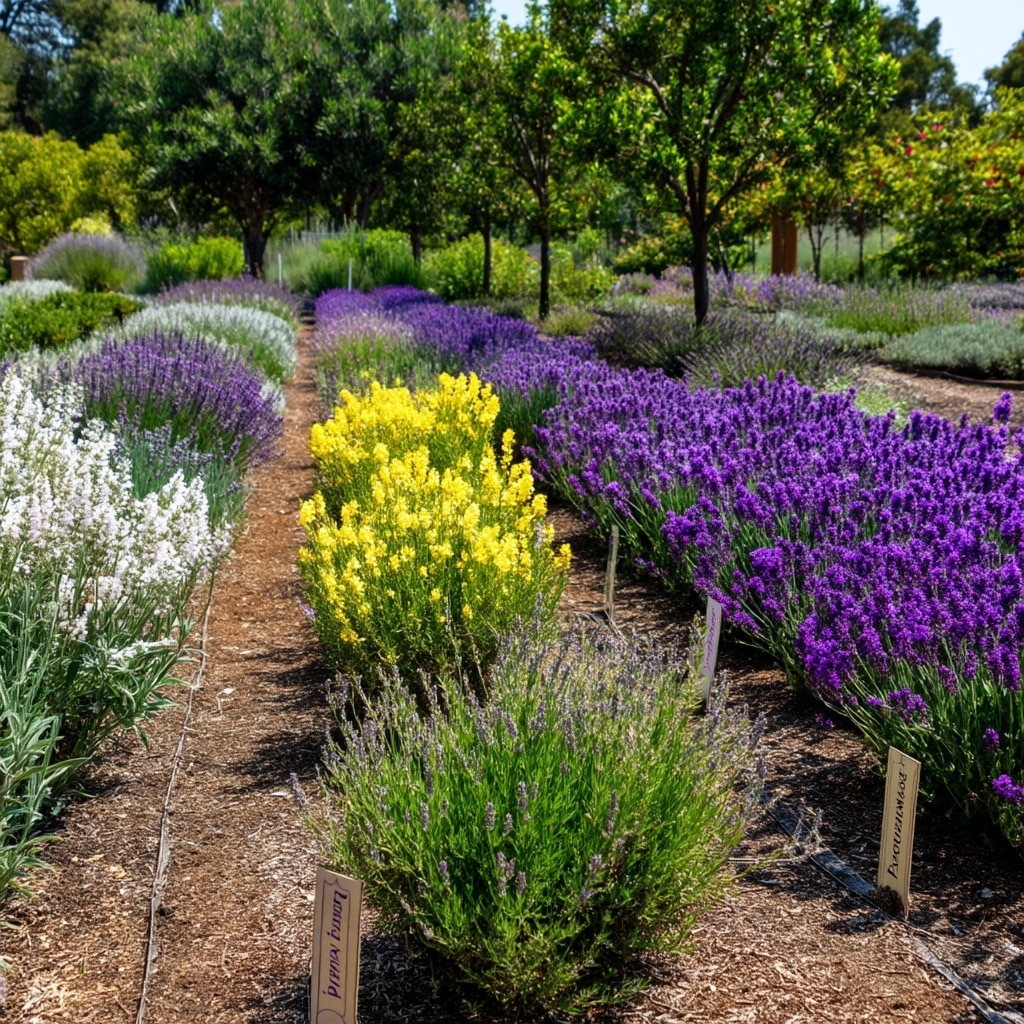
With over 45 known species, lavender offers more than just beauty and fragrance — each type has unique characteristics suited for different climates, uses, and purposes. Understanding the different varieties helps gardeners and herbal enthusiasts choose the right plant for their needs, while deepening appreciation for the full range of lavender flower meaning.
English Lavender (Lavandula angustifolia)
Often called true lavender, this is the most widely grown and well-known variety. It features:
- Compact growth (about 2 feet tall)
- Purple, pink, or white flower spikes
- Blooming period from late spring to midsummer
English lavender is prized for its high-quality oil, sweet fragrance, and culinary use. It’s ideal for rock gardens, borders, and containers, and it thrives in cooler climates.
French Lavender (Lavandula dentata)
French lavender is known for its:
- Light purple flowers with a milder scent
- Toothed (serrated) leaves
- Long bloom time from spring through fall
This type isn’t as cold-hardy, so it’s best suited for warmer, Mediterranean-like regions. It’s commonly used in potpourris, perfumes, and ornamental landscaping.
Portuguese Lavender (Lavandula latifolia)
Also known as spike lavender, this species features:
- Tall, thin stems with pale lilac flowers
- Stronger, more camphor-like aroma
- Blooming from late spring to late summer
The essential oil of Portuguese lavender has potent antibacterial and antifungal properties, making it popular in medicinal applications — though it’s less commonly used for culinary purposes.
Spanish Lavender (Lavandula stoechas)
Spanish lavender stands out with:
- Unique flower heads topped with “rabbit ear” petals
- Colors that deepen from white to pink to rich purple
- Fragrant leaves (not flowers)
This variety is better suited for humid climates, and is widely used in containers or decorative beds. It’s less ideal for cooking but great for visual impact and fragrance.
Lavandin (Lavandula × intermedia)
Lavandin is a hybrid of English and Portuguese lavender and grows in:
- Rounded mounds up to 30 inches tall
- Zones 5 to 9, blooming mid- to late summer
It produces strongly aromatic flowers and leaves, often used in sachets, perfumes, and dried arrangements. While visually similar to English lavender, it is not suitable for culinary use due to its sharper taste.
How to Grow and Care for Lavender
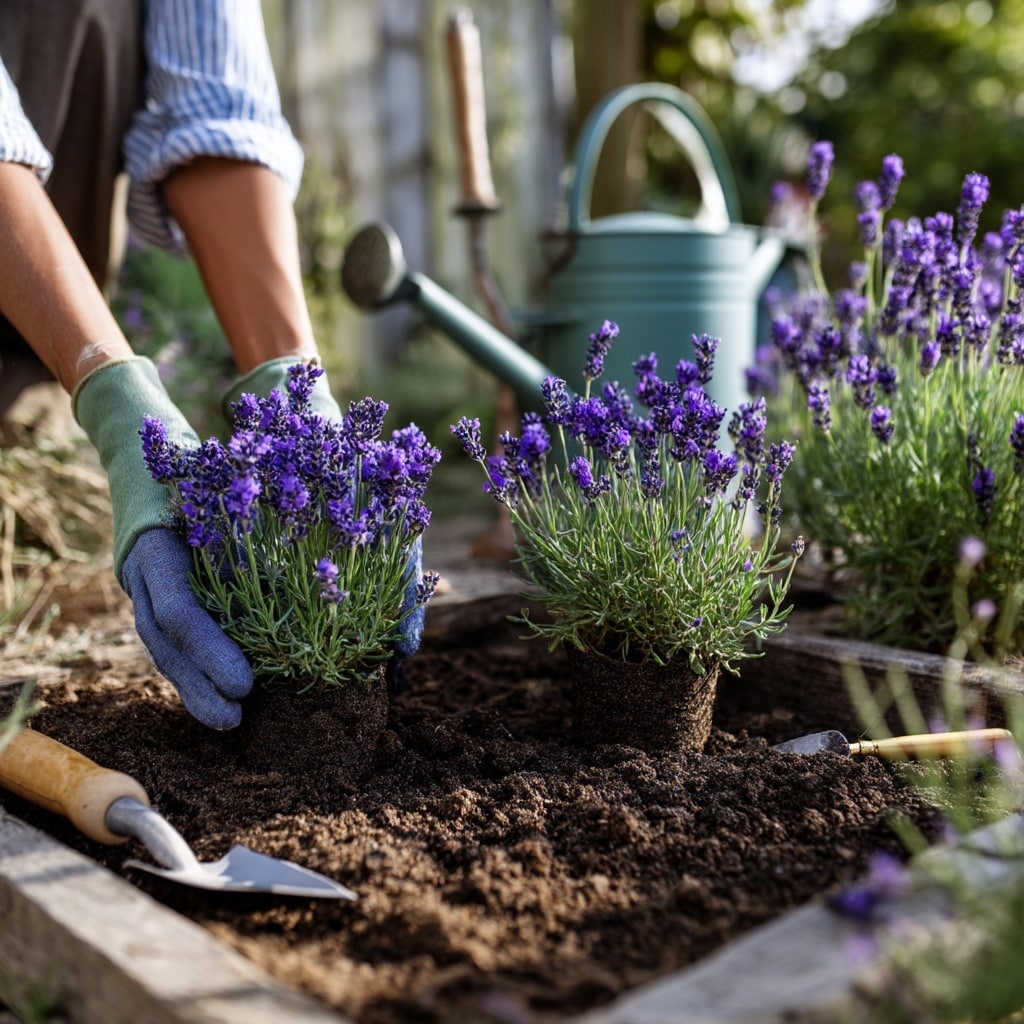
Understanding how to properly grow lavender helps bring out its full potential — whether you’re planting for fragrance, aesthetics, or spiritual symbolism. Fortunately, lavender is a hardy, low-maintenance perennial once it’s established. With the right setup, it can thrive year after year, continuing to reflect the calming and resilient lavender flower meaning in your garden.
☀️ Sunlight and Location
Lavender loves full sun — aim for at least 6 to 8 hours of direct sunlight per day. It performs best in open areas where air circulation is strong and humidity is low. Avoid shady, damp spots, which can promote fungal disease and root rot.
🌱 Soil Conditions
For healthy growth, lavender needs:
- Well-draining soil (sandy or loamy is ideal)
- Alkaline to neutral pH (6.5 to 7.5)
- Amended soil if it’s clay-heavy — add coarse sand or gravel to improve drainage
Good drainage is non-negotiable. Lavender roots hate staying wet.
💧 Watering Needs
Lavender is drought-tolerant once mature. During the first growing season, water deeply once or twice a week to establish roots. After that:
- Allow soil to dry between waterings
- Avoid overhead watering to prevent mildew
- Use drip irrigation or water at the base if needed
Overwatering is the most common cause of lavender failure.
✂️ Pruning and Maintenance
Annual pruning keeps your lavender bushy, healthy, and prevents it from becoming woody and sparse. Here’s how:
- In early fall or late summer, trim back about one-third of the plant
- Avoid cutting into the woody base
- Regularly deadhead spent blooms to encourage new flowering
Pruning also strengthens the plant for winter and enhances next season’s growth.
🪴 Growing in Pots
Lavender thrives in containers, especially in cooler or wet climates. Use:
- Terracotta pots with drainage holes
- A gritty potting mix designed for herbs or succulents
- Elevate pots or place on gravel to ensure airflow and prevent soggy soil
This method is ideal if your ground soil doesn’t drain well or if you want to move plants indoors during winter.
Well-cared-for lavender rewards you with vibrant blooms, soothing aroma, and symbolic beauty that enriches your garden and your peace of mind.
Conclusion

The lavender flower meaning speaks of peace, purity, and timeless grace. From its symbolic role in ancient traditions to its modern uses in gardens, kitchens, and wellness routines, lavender continues to be one of the most versatile and cherished plants in the world. Whether you’re growing it for its fragrance, its healing properties, or simply to enjoy its serene beauty, lavender brings a sense of calm and purpose to any space it touches.
By understanding the different types, uses, and care tips for lavender, you can cultivate not only a healthier plant but also a deeper connection to the tranquility it represents.



